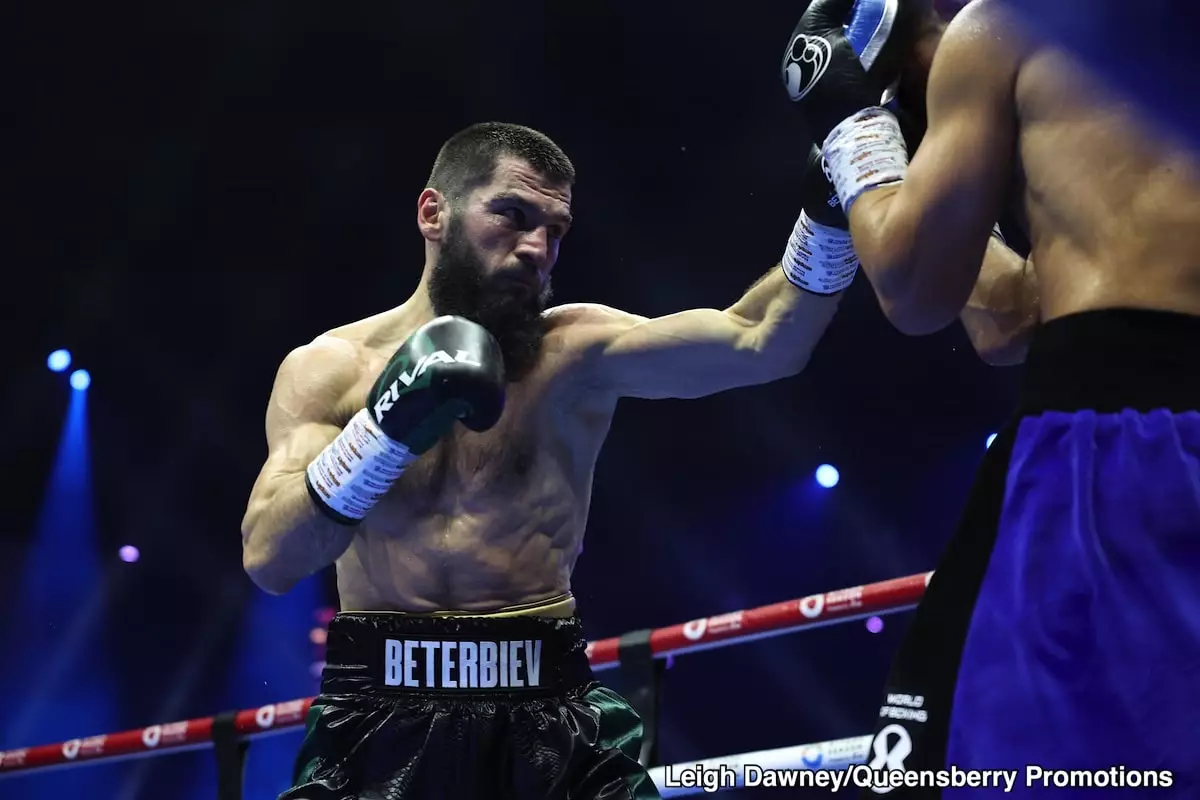By BoxingHit Staff-
The world of professional boxing is rife with contentious debates, particularly when it comes to rankings that categorize fighters based on their skill and achievements across weight classes. Recently, the release of Ring Magazine’s updated pound-for-pound list has ignited discussions among fans and analysts alike, particularly regarding the placements of Artur Beterbiev, Dmitry Bivol, and Canelo Alvarez. In a remarkable development, Beterbiev ascended to undisputed light heavyweight champion status, challenging the previous established norms of pound-for-pound rankings and creating a ripple effect that raises serious questions about the criteria used for these listings.
At the heart of the controversy lies Dmitry Bivol’s placement ahead of Canelo Alvarez, despite Bivol’s recent majority decision loss to Beterbiev. The ranking seems counterintuitive; typically, a fighter’s rank should reflect their most recent performance. However, Ring Magazine’s handling of Bivol’s defeat appears to treat it as a minor setback rather than a conclusive loss. This creates an interesting dynamic in the rankings, as it challenges the prevailing criteria that typically rewards winning performances or clear draws. Canelo’s consistent slide down the rankings can also be linked to the quality of opposition he is choosing to face, which has cast doubt on his standing among the elite.
While Beterbiev and Bivol’s positioning raises eyebrows, the inclusion of Naoya Inoue and Terence Crawford at the top of the list is equally debatable. Inoue, the undisputed super bantamweight champion, has faced criticism for not competing against higher-caliber opponents, which undermines his claim to the No. 2 spot. His reluctance to move up to a more challenging weight class presents a missed opportunity to truly test his skills against tougher adversaries.
Likewise, Crawford’s ranking has come into question following a strikingly poor performance against Israil Madrimov, compounded by an overall lack of activity in recent years. Given these factors, many argue that Crawford’s position should be reassessed. Instead of being ranked within the top five, a more fitting place for him might be in the lower echelons, reserved for fighters who remain active and perform well consistently.
Finally, the decision to include Devin Haney on the pound-for-pound list continues the trend of questionable placements. Having recently suffered a defeat and appearing lackluster in previous bouts, Haney’s inclusion raises significant concerns regarding the merit of such rankings. Leaving him off the list could have showcased a rigorous standard that emphasizes current form and recent performance, which is essential when assessing a fighter’s place among the elite.
The discrepancies in Ring Magazine’s pound-for-pound list compel a broader discussion about the criteria used for establishing such rankings. As fights evolve and fighters face varying levels of competition, it is crucial for any authoritative body ranking these athletes to maintain stringent and transparent standards. Otherwise, there is a significant risk that the rankings will reflect more of an editorial bias than an accurate portrayal of each fighter’s skills and achievements. As the sport continues to grow, so should the frameworks employed to evaluate its stars.


Leave a Reply